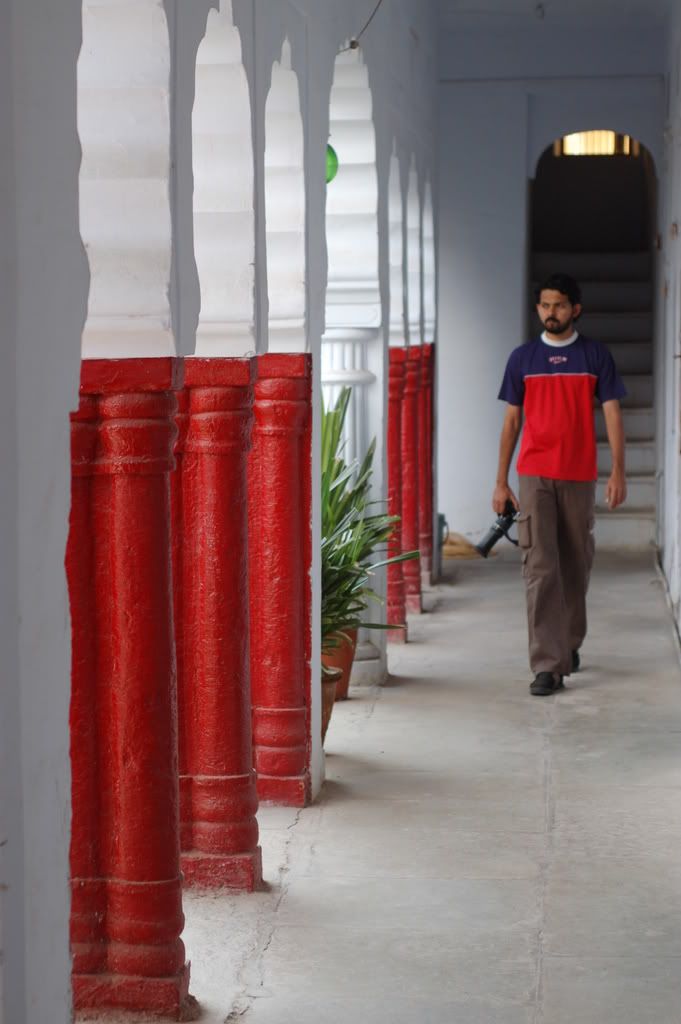The characters in this description are fictitious. They could have lived anywhere in Renaissance Italy or Inquisition Spain or contemporary Kerala. Resemblance to any person, living or dead or cloistered, is unintentional.
The short priest’s face looked familiar. He belted out commands to the 180 men and women seeking his certificate which would prove them worthy of Christian marriage. “Don’t use your mobile phones for the next three days; don’t read newspapers; don’t talk in the dining hall; don’t talk too much to your partner…” he warned the forcibly assembled flock. Suddenly, it occurred to me. He resembled Napoleon Bonaparte. The general was addressing his prisoners of war.
Marriage Preparation Course, credited to a certain Fr Thomas Thoppil in Kerala at least, is the Catholic Church’s way of getting even with those who bunk Mass. After all, religion comes handy only at birth, wedding and death, when the clergy vengefully enforces their bureaucratic regime on the evading laity. I knew I had no choice but to yawn through the lectures if I had to rise to my family’s expectations. Even my fiancée had vetoed my suggestion of a secular wedding.
So I decided to approach the course journalistically. Instead of admitting that I was wasting three days at the mercy of Fr Bonaparte and Sr Indira Gandhi, I convinced myself that I would resurrect on the third day with a socio-politico-economic analysis of the classes and of course, the certificate. I was more of a Confucian than a Christian when I entered the pastoral centre, which would be my detention centre for the next three days.
From the onset, I realized I was being a bit too prejudiced about the course. I had forgotten the value of marriage. To me it was a socially sanctioned, legally binding pact between a man and a woman to love each other and live together. It was something else too. It was the fifth sacrament, “a visible sign of the invisible grace of god”. No wonder the clergy drew swords when the state government made registration of weddings compulsory to abide by a Supreme Court order. Praise the Lord (thrice)!
Point noted. But the sanctity of marriage had historical roots. A pleasant priest listed out biblical fairy tales to drive home the point. Adam was a good man and Eve was a tempted/tempting wife, who ultimately packed their bags out of the paradise. Abraham was a powerful patriarch and Sara was his nagging wife who got his lover and lovechild exiled to desert. Isaac was a blind father and Rebecca was his cunning wife, who robbed their firstborn of his rights to pay her younger son.
Oh god! These women! I already have second thoughts. I felt endless gratitude towards the mother superior, who tried to keep us men safe from women for three days at least. She proved a worthy commander to Fr Bonaparte when she gave strict gender-specific orders. Men and women were assigned separate stairs, lest the eves teased and tempted the adams. Only after men were led to safety after lunch/dinner, women were allowed in.
So women happily and hungrily waited for their turn at the dining table. The Church was more ‘Indianised’ than its RSS-BJP detractors in this aspect at least. It even quotes from Manu Smriti to remind wannabe brides that they must be a combo of efficient minister and energetic mistress. But confusion remained. Why would the priest ask me on the wedding day to ensure that my wife ate even if I starved? Maybe as a token of acknowledgement to the fair sex, who made up 90 plus percent of the saints of the otherwise male-dominated Catholic Church.
The Pope grants equal status to Sr Alphonsa, a sick nun who rarely left the confines of her convent at Bharananganam, and Mother Teresa, who roamed the streets of Kolkata nursing lepers. If the Mother epitomizes true Christian spirit, the other saint, like St Therese of Lisieux, represents all the paranoia of the institutional Church which can’t come to terms with human body. It eulogises the self-mortification of the blessed women. If Therese persuaded the superiors to admit her in a nunnery before she was 15, Alphonsa disfigured herself to ward off repeated marriage proposals.
For a religion which has been trying to instill a sense of guilt on every child, nothing can be a better virtue than negating the needs of the body. The Church, which extends the good-evil dichotomy to the soul-body debate, goes in endless circles praising Christian virtues, namely suffering, compromising and praying. Can’t blame the Church. It merely echoes the laity’s wishes. When classified ad writers seek/notify “fair, wheatish and god-fearing” girls, the Church exhorts submission to husbands as the supreme goal for any Christian woman, if she doesn’t decide, by any chance, to be the bride of God.
The third evening, Fr Bonaparte appeared again, with a bunch of certificates. The general now tried to sound friendly, having won the three-day battle to save souls. I refused the truce and completed writing the feedback form: “The food was fine and timely. Sleep was perfect. Even my mother wouldn’t have cared me so much. But you should be more adept in enforcing discipline. Why don’t you try jammers to prevent the kids (half of them 30 plus) from using mobiles in the bathrooms. It would come handy like the Alsatian watchdog of the convent.”
But the rest of the congregation was unconcerned. Mothers had come to take home their cleansed sons and daughters. They bowed before Bonaparte for moulding their daughters and daughters-in-law into model Christian wives. Together, these women keep the 2000-year-old faith alive. In return, the Church blames them for all the follies of mankind. Even after the Pope endorsed Charles Darwin, it refers to the true guardians of the multinational faith corporate as the proverbial rib yanked off the first man. It’s a thankless world, indeed.
Tuesday, September 23, 2008
When Eve read Manu Smriti
Subscribe to:
Posts (Atom)



